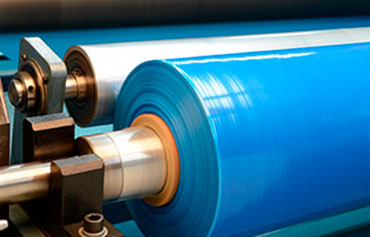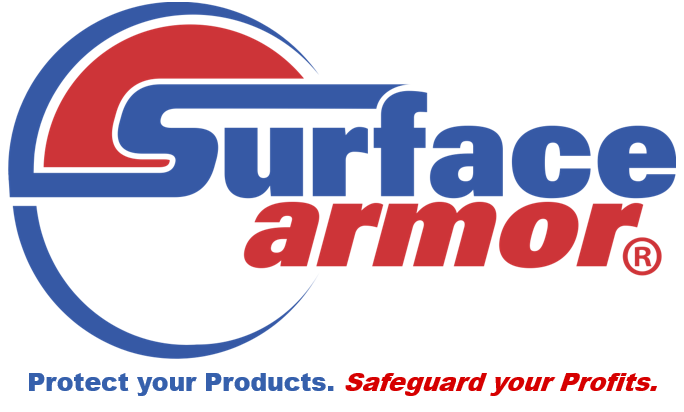 LDPE. PP. PVC. We’ll admit, with all of the surface protection films we offer, our application charts can look a little bit like alphabet soup.
LDPE. PP. PVC. We’ll admit, with all of the surface protection films we offer, our application charts can look a little bit like alphabet soup.
So what are the different types of protective film, and what are the differences between them?
- LDPE, or low-density polyethylene, is the most common type of protective film. It is made from polyethylene, which is the most common type of plastic. As you might guess from the name, there is also a high-density version of polyethylene (HDPE), which is heavier, less flexible, and less elastic—and therefore, not as useful for making protective film. LDPE film comes in a variety of types, which allows it to be used for many different applications.
- COEX, or Co-Ex LDPE, is short for co-extruded low-density polyethylene. Co-extrusion means that two or more layers of plastic are created simultaneously and formed together into a single sheet of film. For example, one common co-ex combines a layer of black plastic with a top layer of white plastic. This allows you to take advantage of the different characteristics of each layer, such as combining UV reflection (white) with UV absorption (black) to provide better overall UV protection {link to post on UV & Protective Film}.
- PVC, or polyvinyl chloride, is perhaps the best-known type of plastic. PVC film is very elastic and has a slick surface, which makes it ideal for many metal forming applications, among other uses.
- PP, or polypropylene, is a type of plastic useful for high-heat applications. It is dimensionally stable, which means it holds its shape and size and does not stretch like PVC films.
- PO, or polyolefin, is a plastic film used on some painted metal surfaces and acrylic glass applications.
- Paper can also be used as a surface protection film. Paper films are dimensionally stable and can absorb some impacts.
